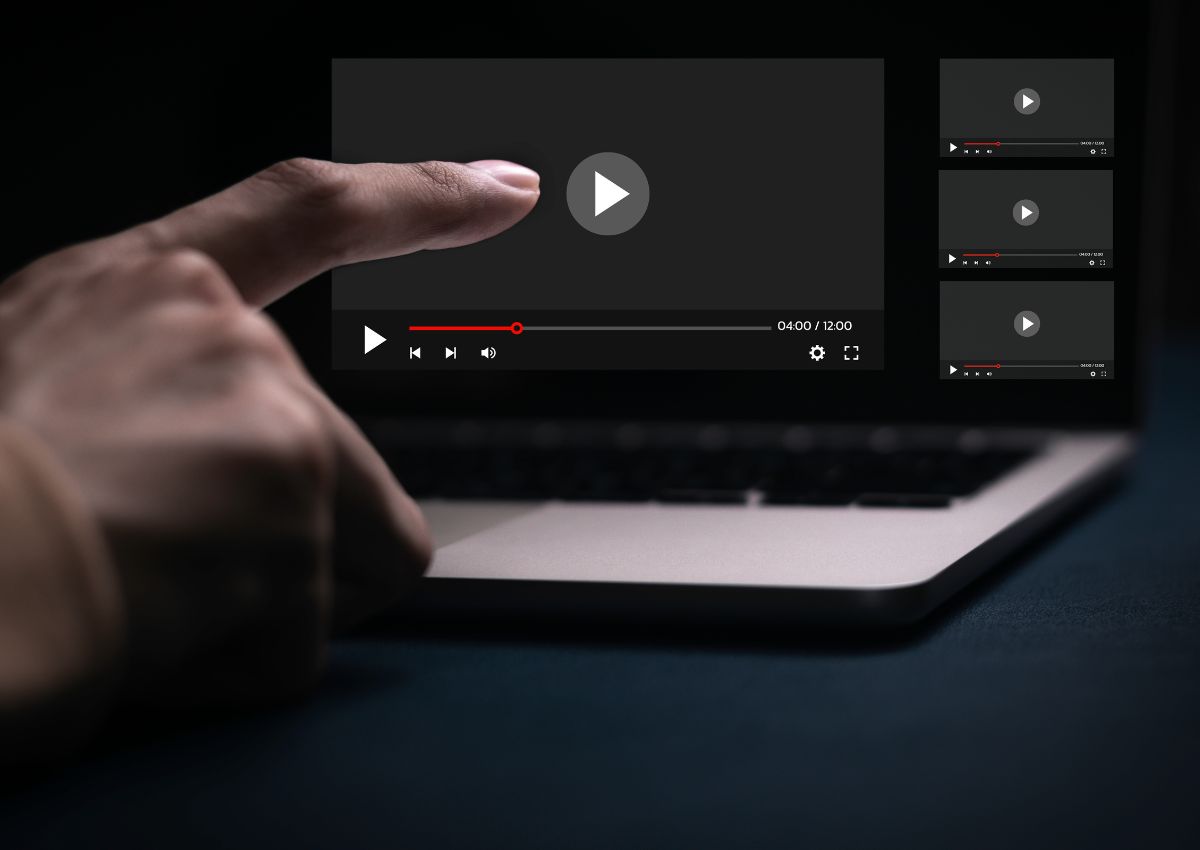
How to set up your Twitch Stream like a Pro
Starting a Twitch stream is exciting, but standing out takes more than just gaming. A polished, engaging setup keeps viewers coming back. Here’s how to stream like a pro!

Starting a Twitch stream is exciting, but to stand out, you need more than just playing games. The key is setting up your stream like a pro. A well-organized stream with a clean, engaging setup will keep your viewers coming back. Let’s explore the essential steps to get your Twitch stream looking top-notch!
1. Choose the Right Streaming Gear
Before you hit “go live,” you need the right equipment. While streaming can be done with basic gear, high-quality equipment helps boost your production.
- Camera: A good webcam is essential for showing your face. Popular choices include the Logitech C920 or Elgato Facecam. Both offer clear, high-definition video. A clear webcam stream helps viewers feel connected to you.
- Microphone: Audio is just as important as video. Don’t rely on your webcam’s built-in mic. Consider getting a USB microphone like the Blue Yeti or the HyperX QuadCast. These mics offer great sound quality, ensuring your voice comes through clearly.
- Capture Card: If you’re streaming from a console, you’ll need a capture card like the Elgato HD60 S. It lets you stream games from consoles like PlayStation or Xbox to your PC.
Having the right equipment sets the foundation for a professional-looking and sounding stream.
2. Set Up Your Streaming Software
You need streaming software to broadcast your gameplay. The most popular software is OBS Studio, which is free and highly customizable. Another option is Streamlabs OBS, which is beginner-friendly and offers more built-in features.
- Install and Customize: After downloading OBS, you’ll need to customize your stream layout. Start by adding your webcam feed, game capture, and any graphics. Your webcam should usually be placed in one of the corners so it doesn’t block important game content.
- Scene Setup: Create different “scenes” for different parts of your stream. For example, have a starting soon screen, a main gameplay screen, and a “be right back” screen. This gives your stream a polished and organized look.
Both OBS and Streamlabs offer plugins that let you add alerts, animations, and chat integration to make your stream more interactive and engaging.
3. Design Your Overlays and Alerts
A clean design will make your stream more professional. Overlays and alerts add personality and make your stream visually appealing.
- Overlays: An overlay is a graphic that frames your webcam and game feed. Use platforms like StreamElements or OWN3D to get free or premium overlays. These will help your stream look tidy and give it a cohesive theme.
- Alerts: Alerts pop up when someone follows, donates, or subscribes. This is a fun way to interact with your audience. Customize your alerts with animations or sounds. Websites like Streamlabs offer free tools for designing these.
For example, if you’re streaming a horror game, you could have spooky sound effects or a creepy animation every time someone follows. It adds to the atmosphere and makes the stream more enjoyable.
4. Optimize Your Stream Settings
Stream quality is crucial. To avoid lag or buffering, adjust your stream settings for the best performance.
- Resolution and Frame Rate: Aim for 720p resolution at 30 frames per second (FPS) if you’re starting out. As your internet connection and setup improve, you can bump this up to 1080p at 60 FPS for smoother video.
- Bitrate: This determines how much data is used for your stream’s video quality. A bitrate of 2500-4000 kbps is a good starting point for 720p streams. For 1080p, aim for around 6000 kbps. However, your internet speed should be strong enough to support this.
Always test your stream before going live. OBS lets you run a “health check” on your connection to ensure you don’t face any issues while broadcasting.
5. Add Music and Background Sounds
Music can set the mood and keep your stream lively. You can either play background music or include sound effects. Just be sure to use royalty-free music to avoid copyright issues.
- Platforms like Epidemic Sound and Pretzel Rocks offer music specifically for streamers, ensuring your content stays copyright-free.
- Sound effects can also be fun. If you’re playing a game with action scenes, add sounds for moments like kills or big wins.
Remember to keep the volume of your music low so it doesn’t overpower your voice.
6. Interact with Your Audience
Engaging with your audience is one of the best ways to grow your channel. Respond to comments, ask questions, and make your viewers feel welcome. You can even create “chat rules” to ensure the community remains friendly and respectful.
For example, Ninja, a popular streamer, is known for his upbeat, positive attitude and his interaction with fans during his streams. He frequently thanks his viewers for following and donating, making them feel appreciated.
7. Promote Your Stream
Once your stream setup is ready, it’s time to promote it. Share your stream link on social media platforms like Twitter, Instagram, and Discord. Consistency is key. Set a schedule so your audience knows when to expect you online.
- Use a tool like Twitch Studio to create attractive stream announcements for Instagram or Twitter.
- Engage with your community on other platforms, like Discord, to build a loyal following.